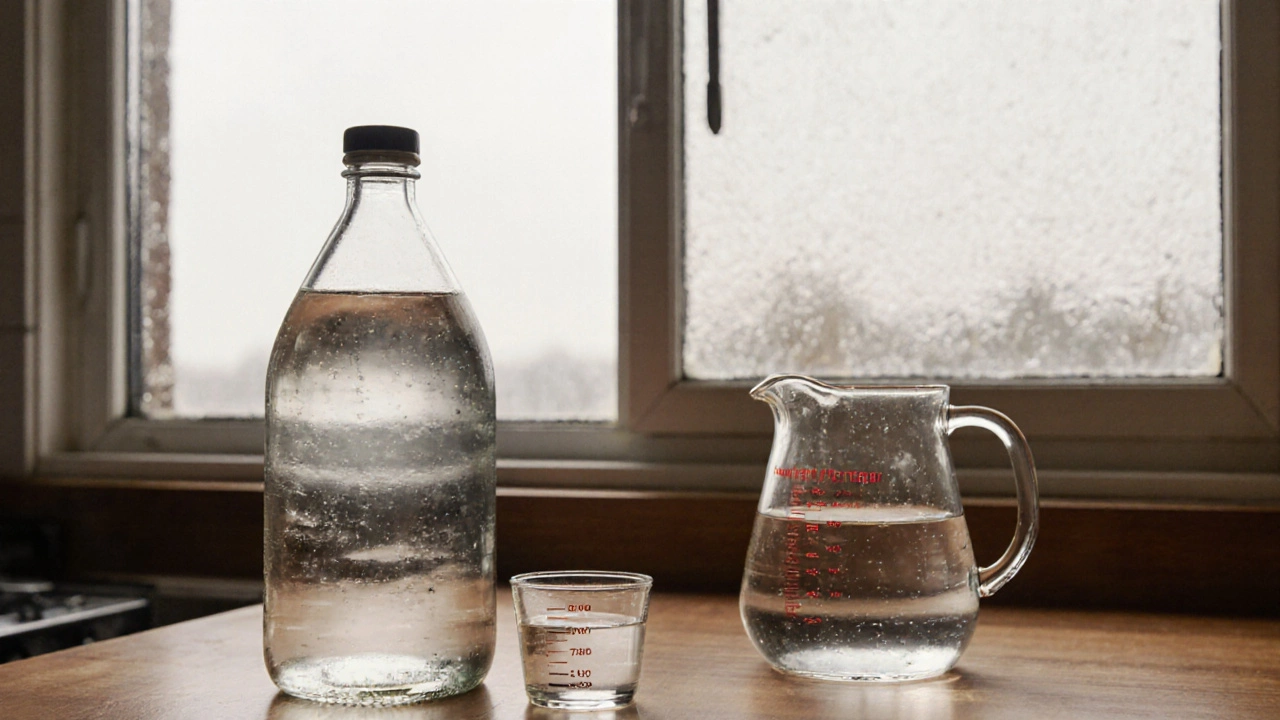Vinegar Window Cleaner: Simple, Streak‑Free Shine
When working with vinegar window cleaner, a cheap, natural solution that cuts grime and leaves glass crystal clear. Also known as vinegar‑based glass cleaner, it requires proper dilution and a few smart tricks to avoid streaks. Vinegar the acidic kitchen staple that breaks down mineral deposits is the core ingredient, while window cleaning the routine of wiping glass surfaces for clarity provides the context. Together they vinegar window cleaner encompasses natural cleaning methods, requires a microfiber cloth, and influences long‑term glass durability.
Why Choose a Vinegar Based Cleaner?
First, it’s cheap. A bottle of white vinegar costs under a pound, yet it tackles greasy film, hard water spots, and even bird droppings. Second, it’s eco‑friendly: no harsh chemicals, no synthetic fragrance, just a biodegradable acid that won’t harm plants or pets. Third, it’s versatile—mix it with water for windows, add a splash of lemon for extra scent, or combine with a few drops of dish soap to cut stubborn grease. These attributes make it a favorite for homeowners who want a green alternative without sacrificing performance.
Safety matters, too. Because vinegar is acidic, you should always test a small area first, especially on tinted or low‑E glass. Dilute to a 1:1 ratio with warm water, pour into a spray bottle, and avoid spraying directly onto wooden frames. This simple step prevents any potential damage to sealants and keeps the surrounding wood or metal intact.
Looking at results, the biggest win is the streak‑free finish. The secret? Use a clean, lint‑free microfiber cloth and apply the solution in a ‘Z’ pattern, overlapping each pass. The cloth lifts dust while the vinegar breaks down the film, leaving no residue. If you spot a streak, a quick second pass with a dry section of the cloth will erase it. Many users report that after the first few uses, they stop needing a final dry wipe— the vinegar evaporates cleanly, leaving glass sparkling.
Beyond everyday windows, vinegar works great on mirrors, glass tabletops, and even shower doors. The same principles apply: dilute, spray, wipe in a consistent motion, and finish with a dry edge. For especially grimy areas, let the solution sit for 30 seconds before wiping; the mild acid will loosen the buildup without scratching the surface.
From a broader perspective, using a vinegar window cleaner ties into a larger philosophy of sustainable home care. It reduces reliance on commercial chemicals, cuts waste from disposable wipes, and encourages the habit of re‑using a single spray bottle for many tasks. This approach aligns with the growing trend of “green cleaning,” where households track their chemical footprint and aim to replace synthetic products with safer alternatives.
Now that you know the basics—what it is, how it works, and why it matters—let’s talk about common pitfalls. Over‑concentrating the mix can cause foggy spots, while using a dirty cloth re‑introduces grit that creates streaks. Also, avoid using vinegar on stone surfaces like marble, as the acid can etch the material. Stick to glass and sealed surfaces, and you’ll keep the results pristine.
Below you’ll find a curated collection of articles that dive deeper into each of these points. From step‑by‑step guides on perfecting the spray technique to comparisons of vinegar versus other natural cleaners, the posts give you actionable tips you can try right away. Keep reading to unlock the full potential of your vinegar window cleaner and make every pane in your home shine like new.

Can Straight Vinegar Clean Windows? A Complete DIY Guide
Discover how to turn plain vinegar into an effective, eco‑friendly window cleaner, with step‑by‑step instructions, safety tips, and alternatives.
Read More